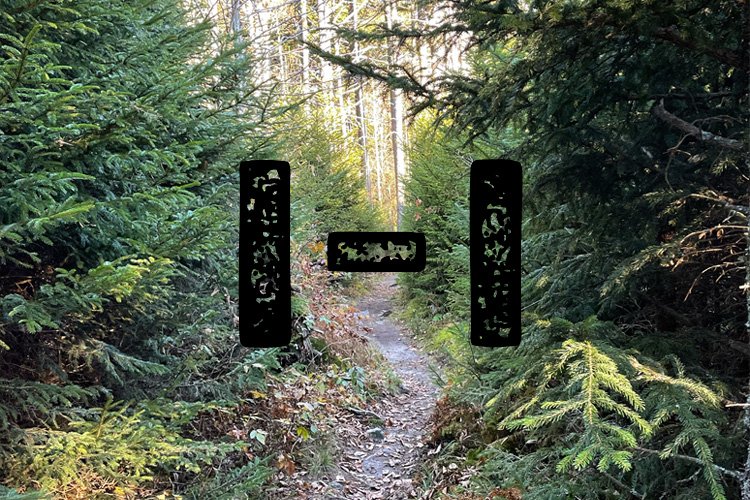My 1-1 Meeting Format
Much is written about the best 1-1 meeting formats, yet in practice I find most managers struggle with them (maybe this is why there are so many articles). As with the cadence of 1-1s, consistency is the crucial component of format. While I always stay flexible to the needs of my teammates, I consistently follow a basic agenda. When your people know what to expect every time, 1-1s become a reliable foundation that builds trust, reinforces support, and facilitates the hard conversations you need to have and hard truths you need to hear. I stick to three standing agenda items and three core principles in all of my 1-1s.
Standing Agenda
Connect
Effective communication starts with trust, and my first goal in a 1-1 is to connect with people and establish safety. I try to avoid simple openers like “How are you doing?” because generic questions elicit generic answers. Instead I’ll start with something specific I’ve observed, or a topic I know is on their mind, or (most often) check in using my Self > Family > Work framework. By acknowledging they and their health and well-being are necessary for any kind of work productivity, trust is created. I’ve found in my own experience that if my manager only speaks about (their view of) my performance, I am much less likely to share the real issues that are blocking productivity.
Discuss
Once I set the foundation for trust and comfort in the conversation, I know we can discuss work blockers and enablers with candor. We will talk about what needs to be addressed or fixed. This tends to be “easy” because people always want to share frustrations and make things better. It is just as important, however, to praise the wins and progress. Designers and researchers in particular are geared toward finding what’s not working and what needs to be improved, so it is critical to help them practice identifying the positive. They need to know you see it, especially when they don’t. Without this practice, creating a strong team culture becomes very difficult.
Once we’ve discussed the potentially stickier work subjects, I use this time to remind them of the less personal administrative items, which include topics like company all-hands meetings and events, new policies, benefits renewals, and upcoming performance reviews. This is an opportunity to give clarifying details and let them ask questions they may not have felt comfortable asking in a group setting. It’s also a nice palate-cleanser to discuss banal topics that don’t have any tie to performance or identity at work.
Ask for feedback
I have a standing agenda item to ask for feedback on how I’m doing. Questions like: “Is there anything I can be doing better to support you?” “Were there any instances where you didn’t understand something I’d said or asked of you in the past week?” “Did you feel like I overstepped your role on the current project?” Again, consistency here is key. Managers will often wait til performance reviews to ask for feedback, if they do it at all, which means they won’t get honest or actionable critique. I ask for feedback all of the time throughout the year instead. Yes, it can feel awkward, and the vast majority of the time I get a “can’t think of anything” answer. But every once in a while I will hear “actually, there is something I’d like to bring up.”
It is incredibly difficult to give negative feedback to your boss, as it is one of the least safe interactions at work. Being consistent in both asking for feedback and listening with positive intention are the only ways I’ve found to overcome this.
Core Principles
Listen
As a manager I do need to share information in these meetings; however, my goal is to engage in active listening at least 75% of the time. Teammates have to listen to me and my direction as a default in day-to-day work. While I cultivate a positive team environment that encourages open communication, 1-1s are their time to share concerns and ask direct questions, and it’s a massive opportunity for me to learn.
Document
I always take notes on 1-1 meetings and ideally keep them in a shared spot where we both can view them. This helps track points of discussion and action items, and it shows my accountability to these. Additionally, if small issues ever develop into problems that require Performance Improvement Plans or more, these notes serve as documentation for HR. I’ve seen many managers struggle to take obviously needed action because they don’t have any low level documentation showing attempts to deal with the issue. Documenting all of the time also makes it more human if I ever do have to address problems, as my teammates know I invest in tracking the positives just as much as the negatives.
My teams and I will often do 1-1s outside the office, either on walks or at picnic tables around campus, as this encourages more casual and open conversation. I also really like the mental and productivity benefits of exercise breaks in the day and want to encourage that more. I can’t document while walking, but I will add to the shared notes after the meeting time.
Flex
Everything in the agenda can flex in a given 1-1 because the teammate’s needs are the priority. Some weeks a project is extra critical and needs to be discussed. Some weeks the teammate is going through personal life circumstances and needs to vent or just needs their time to themselves. Personalities play a role, as well, so I always adapt 1-1 time (while keeping to the core principles) because the goal, always, is support of the individual.

